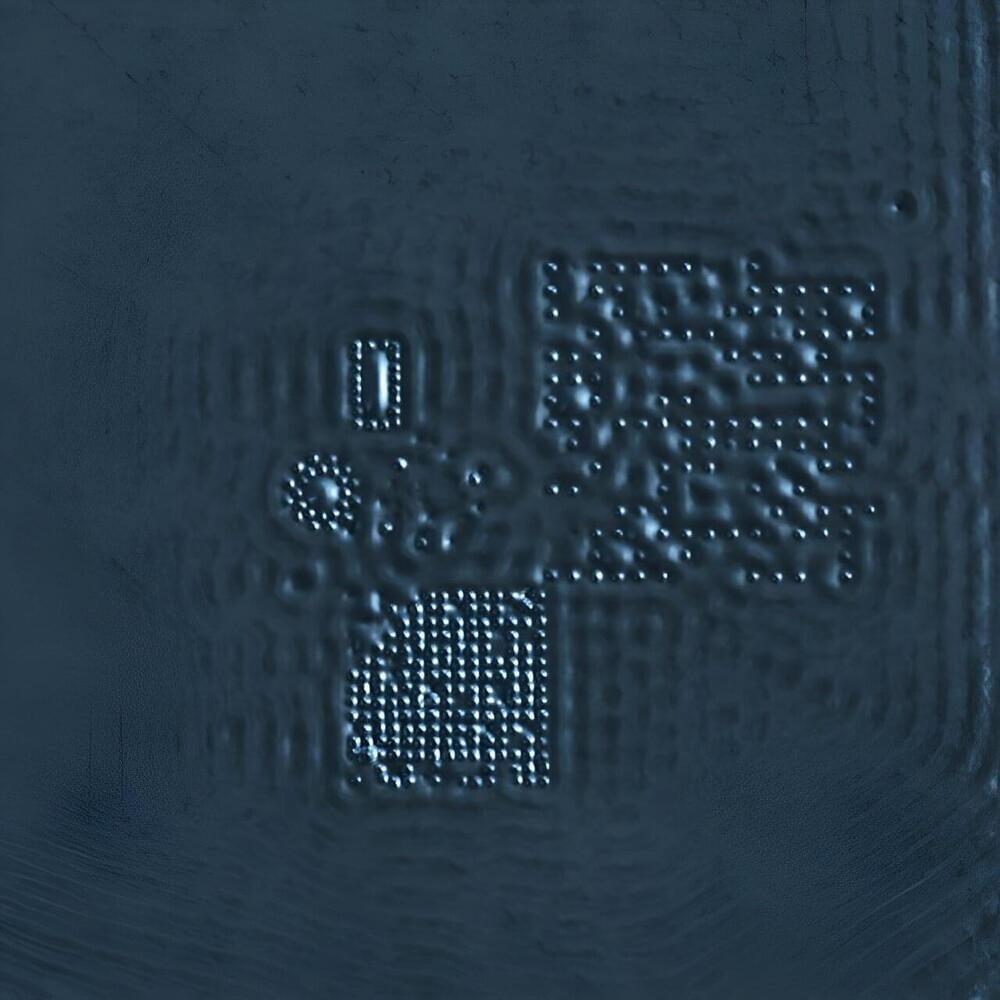Researchers from the Department of Physics at Universität Hamburg, observed a quantum state that was theoretically predicted more than 50 years ago by Japanese theoreticians but so far eluded detection. By tailoring an artificial atom on the surface of a superconductor, the researchers succeeded in pairing the electrons of the so-called quantum dot, thereby inducing the smallest possible version of a superconductor. The work appears in the journal Nature.
Usually, electrons repel each other due to their negative charge. This phenomenon has a huge impact on many materials properties such as the electrical resistance. The situation changes drastically if the electrons are “glued” together to pairs thereby becoming bosons. Bosonic pairs do not avoid each other like single electrons, but many of them can reside at the very same location or do the very same motion.
One of the most intriguing properties of a material with such electron pairs is superconductivity, the possibility to let an electrical current flow through the material without any electrical resistance. For many years, superconductivity has found many important technological applications, including magnetic resonance imaging or highly sensitive detectors for magnetic fields.
